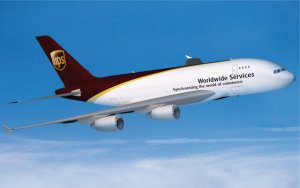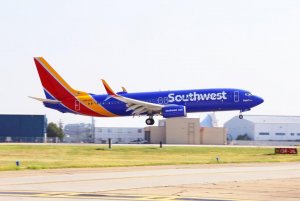I returned home from Virginia yesterday after spending three weeks at Gulfstream learning to fly the new plane that the company I work for had purchased. On Monday, I was certified by the FAA to fly the jet and to act as its Captain. My next move will be to teach two other pilots in the organization to fly the plane, which I don't foresee any problems as both men have many hours of commercial flying time. It will be just a matter of learning the avionics. It was a great two weeks of flying (one additional week was spent in the classroom) as we put the Gulfstream through its workout and me as well. Just a lot of fun.
Once my teaching job is completed, I will have just a few weeks remaining before the FAA says that I must retire. It will be a sad day and one which I am not looking forward to. But, before all of that, I am going to be taking some long trips flying the new plane, so it's not all bad. But, when it's over, it's over and I guaranteed myself that the sun will still rise the next morning.
Here is a look at the new plane for those that are interested. The interior on our plane is configured differently than shown on the drawings that are in the brochure. The plane is fitted with two Rolls Royce engines, which make a very distinctive sound. It will eat up about 6300 feet of runway for takeoffs and it will be cruising at about Mach 0.80 and at an altitude of between 38,000-40,000 ft. The higher we fly, the lighter the air is and the less fuel we will burn. We won't be as heavy as commercial jets, so we will be able to fly higher.
I had to use the pictures on the website because Gulfstream does not allow any picture taking during training.
http://www.gulfstream.com/aircraft/gulfstream-g650er
Once my teaching job is completed, I will have just a few weeks remaining before the FAA says that I must retire. It will be a sad day and one which I am not looking forward to. But, before all of that, I am going to be taking some long trips flying the new plane, so it's not all bad. But, when it's over, it's over and I guaranteed myself that the sun will still rise the next morning.
Here is a look at the new plane for those that are interested. The interior on our plane is configured differently than shown on the drawings that are in the brochure. The plane is fitted with two Rolls Royce engines, which make a very distinctive sound. It will eat up about 6300 feet of runway for takeoffs and it will be cruising at about Mach 0.80 and at an altitude of between 38,000-40,000 ft. The higher we fly, the lighter the air is and the less fuel we will burn. We won't be as heavy as commercial jets, so we will be able to fly higher.
I had to use the pictures on the website because Gulfstream does not allow any picture taking during training.
http://www.gulfstream.com/aircraft/gulfstream-g650er



